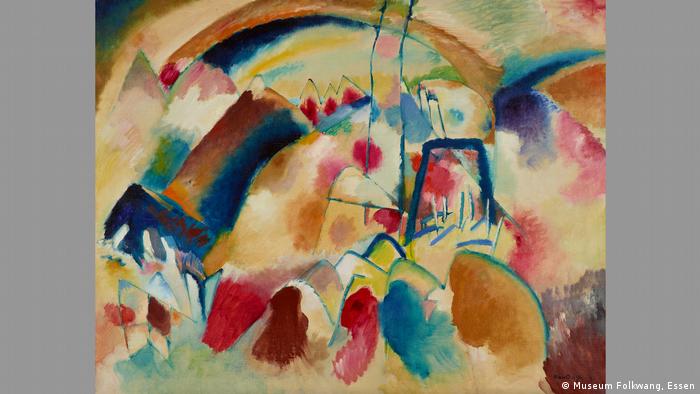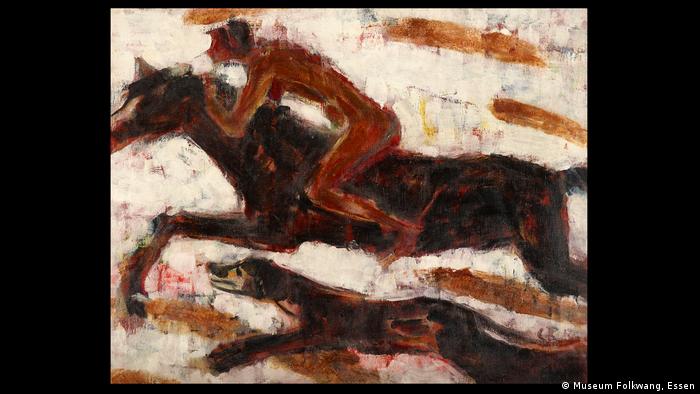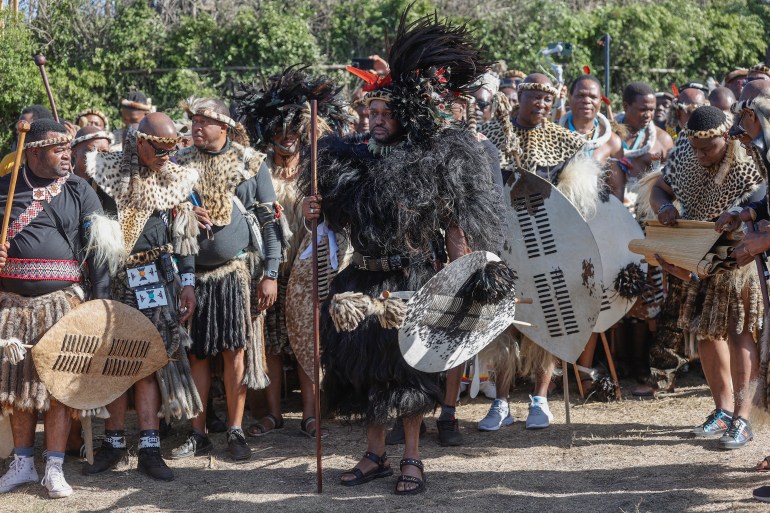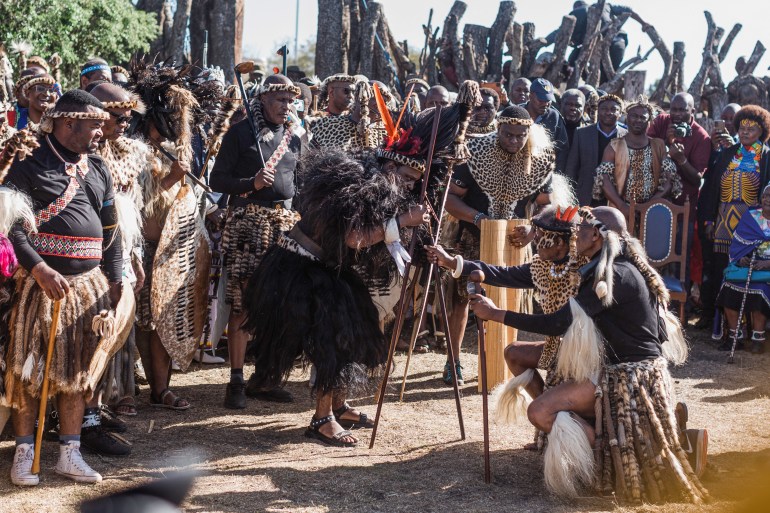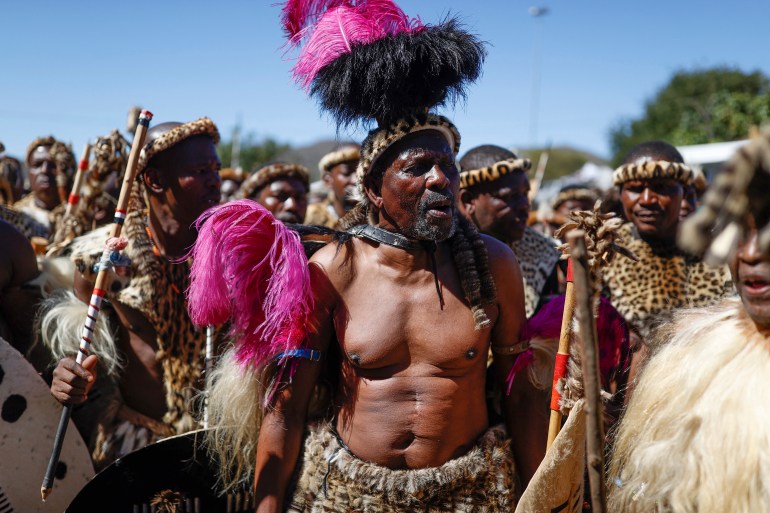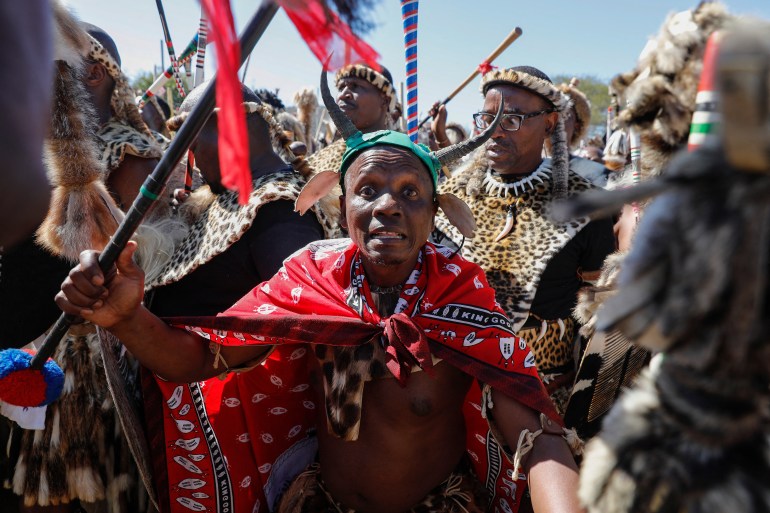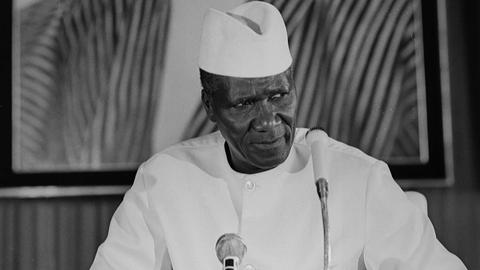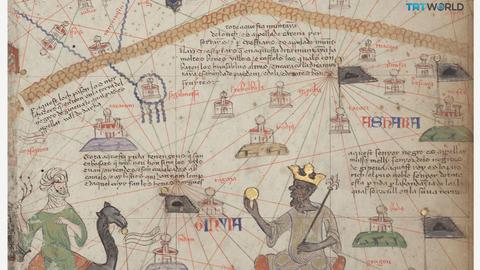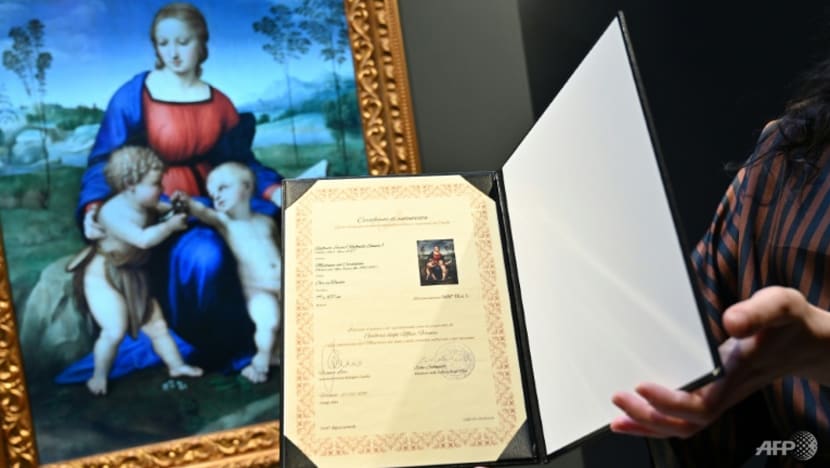In Paris, walking tours return women to the heart of the story
Typical tourist tours of Paris are dominated by stories of men and usually gloss over the role of women in shaping the city. One walking tour company aims to change that by focusing on a lesser-told side of Paris.
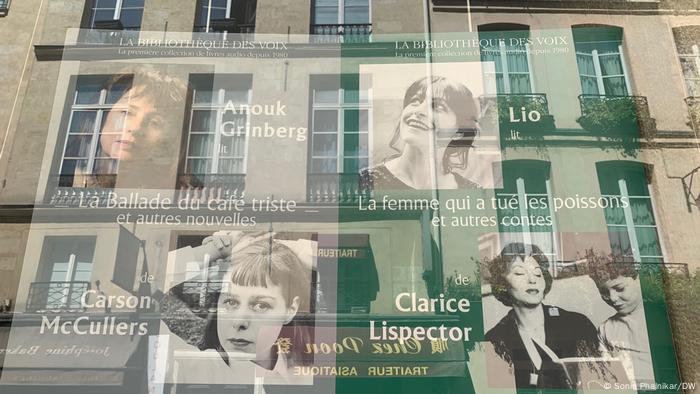
The Women of Paris literary walking tour highlights women writers'
struggles and successes
On a recent morning in Paris' Left Bank district, tour guide Mina Briant led a small group past the legendary Cafe Les Deux Magots and the Saint-Germain-des-Pres Church — both magnets for tourists — to a leafy courtyard tucked away on a back street.
There, Briant, who works for the Women of Paris tours, pointed out the "Edition des femmes" and explained that it was Europe's first publishing house for women. It was set up by Antoinette Fouque in the early 1970s, a period when France was roiled by protests over a seminal abortion manifesto, penned among others by feminist writer Simone de Beauvoir. The publishing house continues to this day with a bookstore and gallery space dedicated to the work of women writers.
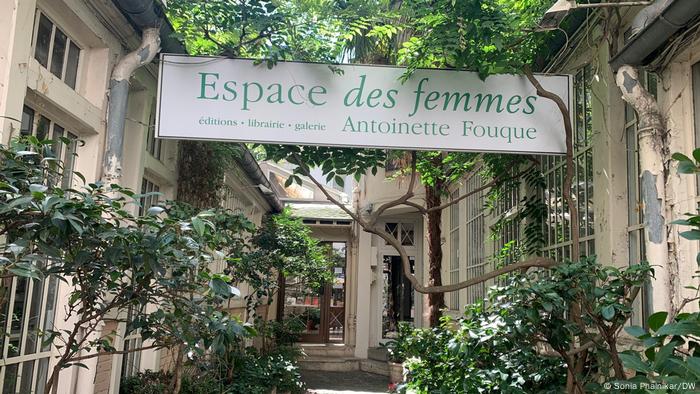
A hidden courtyard in Paris' Saint-Germain-des-Pres district
houses Europe's first publishing house for women writers
It's a fitting start to a tour focused on the struggles and achievements of women writers and publishers. On another street, Briant pointed to a sun-drenched apartment that in the 1890s housed prolific French writer Sidonie Gabrielle Colette, known simply as Colette, together with her first husband, Willy, a publisher and editor.
"Colette wrote her first series of books here, which became bestsellers, but they were all published under Willy's name," Briant, a Parisian, told her rapt audience. "Willy also used to lock up Colette in her room for hours on end so that she would toil away and produce more since he was making money off her talent."
On another nondescript corner, visitors gazed at a building where bestselling writer George Sand, born Aurore Dupin in 1804, lived for a while. She became the first woman to work for the daily newspaper Le Figaro, wrote 80-odd novels and short stories, and was known for her many affairs with members of both sexes, including pianist Frederic Chopin.
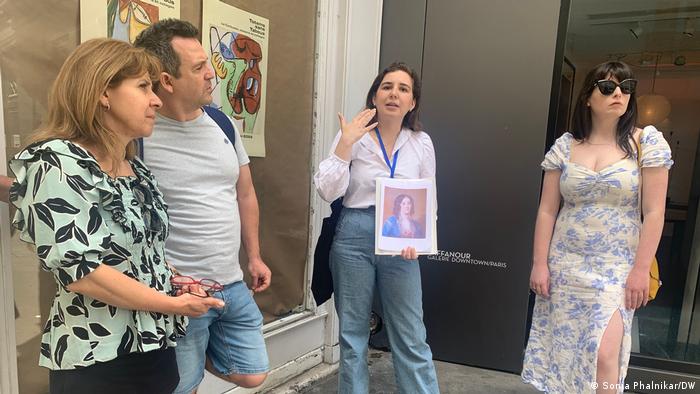
Guide Mina Briant holds a picture of George Sand as she talks
about the French writer's unconventional life
"Her publisher said she would sell more copies if she used a man's name and so she became George Sand. She also adopted this male alter ego," Briant said.
"Her dressing became more masculine, she smoked a pipe in public and she managed to get a license to cross-dress, which was illegal at the time."
'A one-sided story'
These are the kind of unconventional stories and names that the bulk of the expected 33 million visitors to Paris this year — numbers are rising again after two years of the COVID pandemic — are unlikely to encounter even if they do visit the neighborhood of Saint-Germain-des-Pres, which is steeped in intellectual and literary history.
"The narrative you tend to get on most introductory tours to Paris is dominated by great men who influenced the city like [King] Henry the IV, Napoleon Bonaparte, Victor Hugo or Louis XIV," Heidi Evans, founder of the Women of Paris tours, told DW.
"If you think of the key players in French history, it's a lot of these men ruling and then some bad queens," she said. "You really get this one-sided story which is all about glorifying valiant men and demonizing women like Marie Antoinette [last queen of France before the revolution of 1789] or Catherine de Medici [queen of France from 1547 to 1559], who is vilified by all tour guides as this evil, bloodthirsty queen; many other women only get a mention as mistresses or muses."
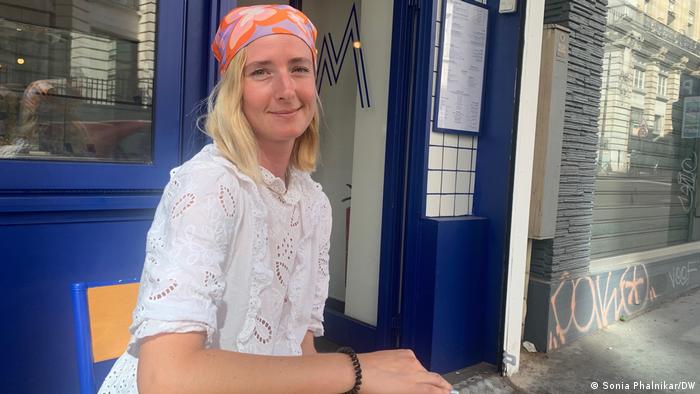
Heidi Evans, founder of Women of Paris tours, wants to set
the record straight on Paris' history
Evans is speaking from experience. She moved to Paris from London, where she studied French literature, and began leading tours for various companies in 2014, immersing herself in the city’s history.
"My aunt came to visit and joined one of my tours in Paris and remarked at the end about how little I had talked about women. From that point on, I couldn't get the idea out of my head," the 32-year-old said.
'The erasure of women'
That disheartening realization gave way to opportunity. In 2016, Evans launched Women of Paris tours and the first of several thematic walks dedicated to women's history and their defining influence on the city's arts, theater, literature, culture and politics.
"When I began researching the tours, it blew my mind that there was so much erasure of women in Paris' past. The more you dig, the more you discover how invisible women were," Evans said.
Those findings are part of the thematic walks that, among other things, let visitors rediscover some reviled queens, how they ruled and in what context. The tours also lead them to the shrine of Saint Genevieve, the patron saint of Paris, among other places.
At the Pantheon, France's grand national necropolis, which sits atop a hill in Paris' Latin Quarter, visitors learn about the few women buried there. The first woman to be accepted there on her own merit was celebrated Polish-French scientist Marie Curie, in 1995. Others followed, including Holocaust survivor and women's rights icon Simone Veil. Last year, American-born dancer, singer and civil rights activist Josephine Baker became the first Black woman to be buried in the revered space.
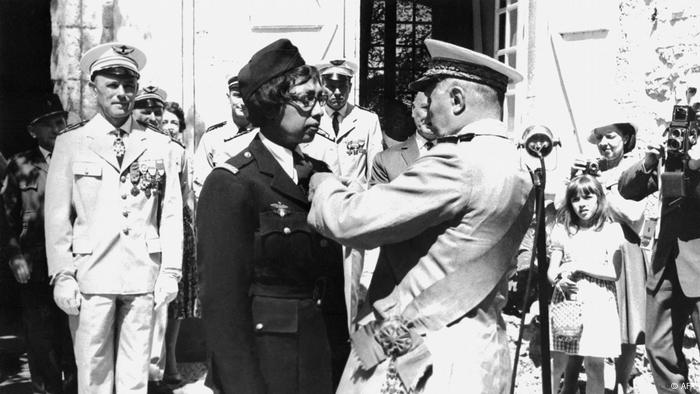
Josephine Baker also aided the French Resistance in WWII,
for which she later received national honors
Visitors also learn that many of the major museums in the city are dominated by male artists. Only about 300 artworks among the Louvre's half million works are attributed to women, according to Evans.
She said that 4,000 of Paris' 6,000 streets are named after men; only 300 after women. Statues and sculptures around the city too are overwhelmingly male; the female ones that do exist are largely allegorical, for instance, that of Marianne, who embodies the French Republic and does represent real women.
"Very few must-see tourist landmarks in the city pay tribute to or display work by women. They're connected to a patriarchal past," Evans said.
'Forgotten female voices'
The lack of acknowledgment of women's contributions in writing and publishing is also a running theme during the walk focusing on female writers.
During her recent tour, guide Briant told participants that it was only in 2017 — after several petitions — that the first woman writer was added to the French baccalaureate [secondary school] curriculum: Madame de La Fayette, a 17th century novelist joined long celebrated male authors like Victor Hugo, Gustave Flaubert and Honore de Balzac on the required reading list.
This year, French playwright and political activist Olympes de Gourges, who is known for her 1791 "Declaration of the Rights of Woman and of the Female Citizen," was also added to the list.
"For a long time, there was this elitist perception that only men were worthy of being published," Briant told her tour attendees. "Writers like Colette and George Sand were considered light and frivolous. Women's writing was not considered really important until much later in the 20th century."
The only non-French woman talked about on the tour is American expatriate Sylvia Beach, who opened the bookstore Shakespeare and Company in Paris. It became a hugely important meeting place for writers like Ernest Hemingway and James Joyce, whose book "Ulysses" she published in 1922.
Yet Beach, who played a big role in shaping the arts in early 20th century Paris, remains unknown. A plaque outside the shop's original address makes no mention of who Beach was or her bookstore; it only mentions Joyce.
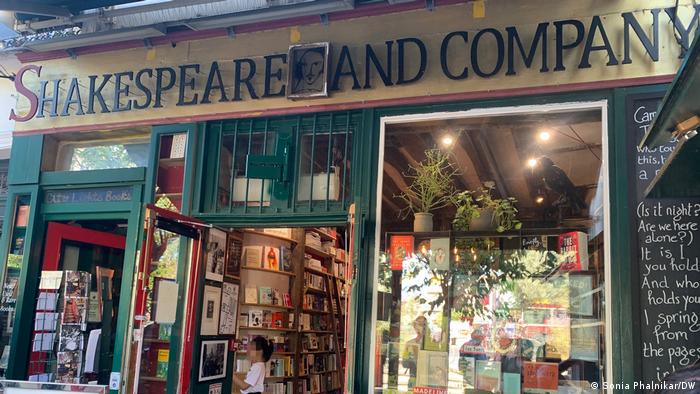
Shakespeare and Company is legendary in Paris,
but its female founder is largely forgotten
"It's fascinating to know about this unknown history of Paris and all these female voices that have been forgotten," Meghan Devine, who is from Scotland and who took the literary tour, told DW. "I don't remember reading any women writers at school in Scotland either."
'Getting the story right'
The Women of Paris aren't the only ones trying to rebalance the story of the city's history and drawing attention to women's contributions. A few other niche groups now also offer "feminist tours" of the Louvre and Musee d'Orsay, and of the famous Pere Lachaise cemetery.
Evans, however, said she consciously avoided using the word "feminist" in her walking tours in a bid to open them up to a larger audience.
"It's important to understand that women are capable of greatness and achievements just as men are. It's also a much fairer understanding of history," she explained. "I think we need to see these women of the past in Paris for all the incredible things they contributed and the role they played in the city to see how we can act in the future, to inspire us."
Edited by: Manasi Gopalakrishnan and Cristina Burack


